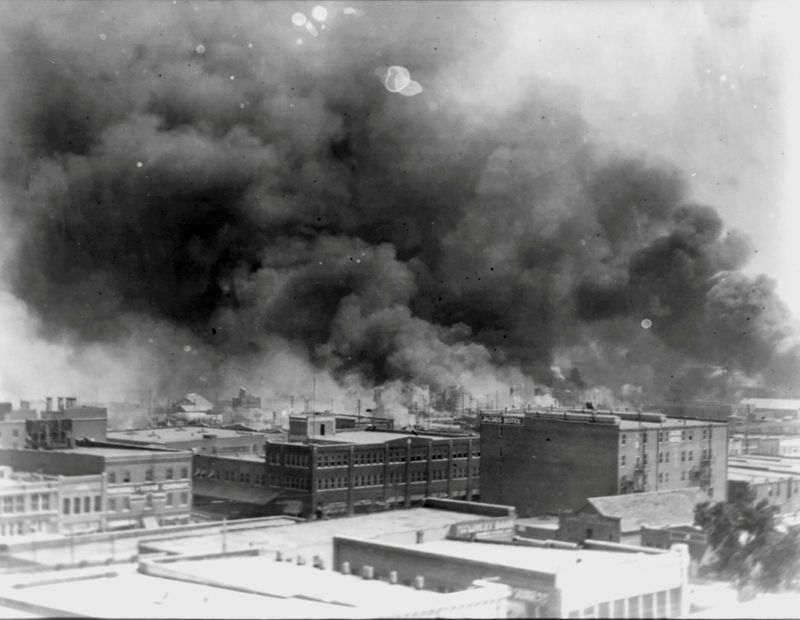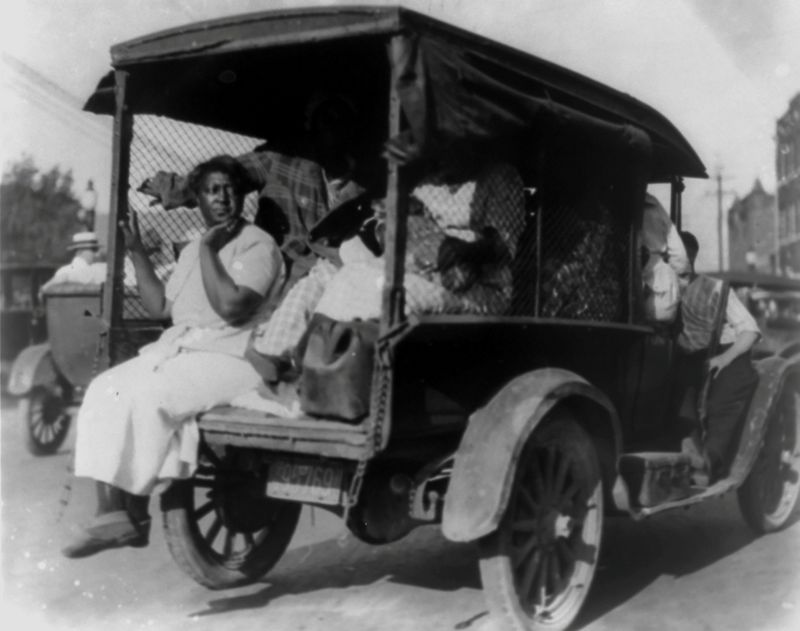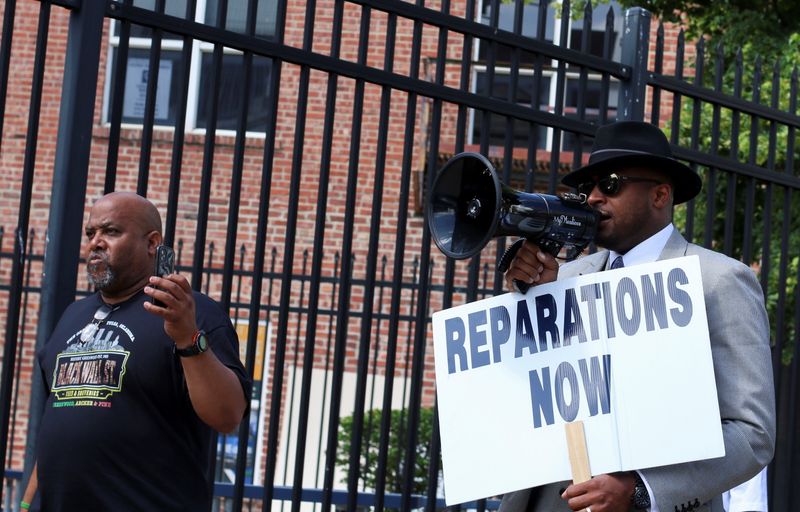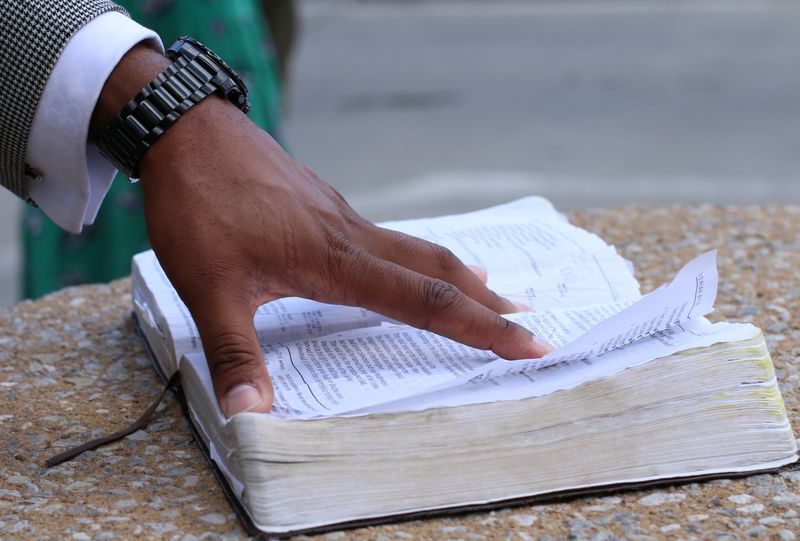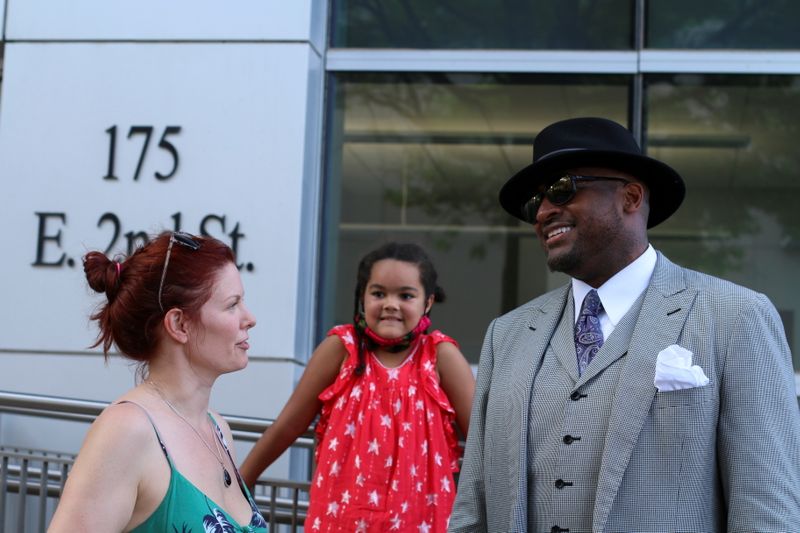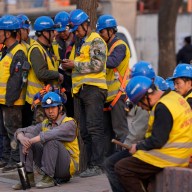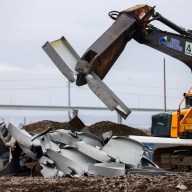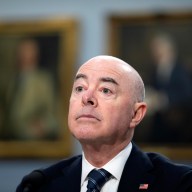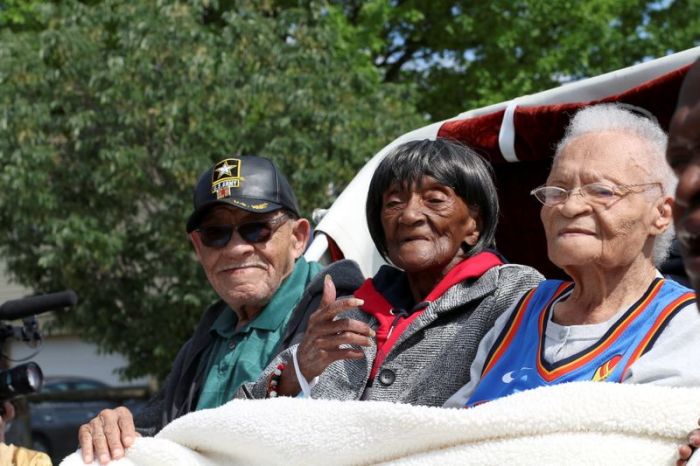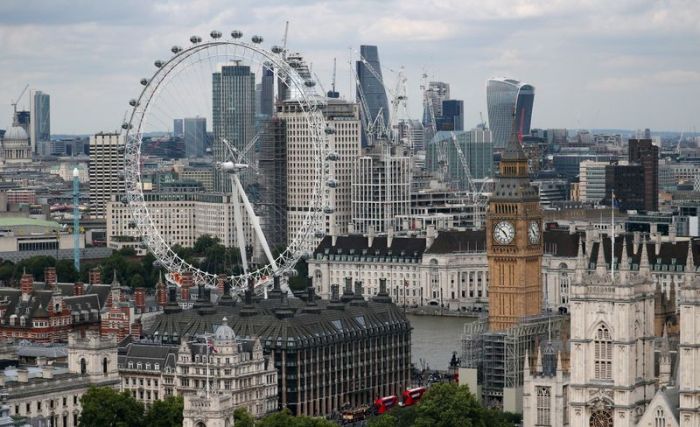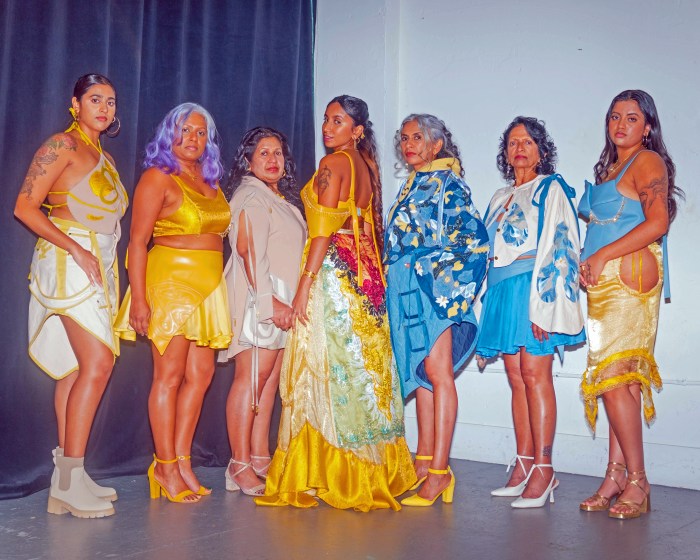(Reuters) – Next week marks the centenary of a white mob’s deadly attacks on the African Americans of Greenwood in Tulsa, Oklahoma.
Below is background on the events in Tulsa on May 30-31, 1921.
BLACK WALL STREET
Greenwood, dubbed “Black Wall Street,” boasted hotels, law offices, doctors’ offices and other businesses owned and operated by Black people at the time of the massacre. Greenwood was founded in 1906 on the north side of Tulsa. By 1920 Greenwood had a population of more than 10,000 Black residents at a time when racial segregation was strict – and the violent white supremacist Ku Klux Klan had a robust membership in Oklahoma.
A BLACK MAN IS ACCUSED
A white woman, Sarah Page, told police a Black man, Dick Rowland, grabbed her arm as they rode in an elevator in a downtown Tulsa commercial building on May 30, according to the National Endowment for the Humanities.
The following day, police arrested Rowland. The Tulsa Tribune reported Rowland had tried to assault Page. That evening, white Tulsans surrounded the courthouse, demanding Rowland be handed over. Black men, including World War One veterans, went to the courthouse to protect Rowland. A white man tried to disarm a Black veteran and a shot rang out, touching off further violence.
THE ATTACKS
Over the next six hours, carloads of white residents conducted “drive-by” shootings in Greenwood. Whites also looted and burned homes and businesses and dragged Blacks from their beds and beat them, according to historical accounts.
Authorities deputized members of the mob, instructing them to shoot Black people. State National Guardsmen arrested Black people.
THE TOLL
It is estimated as many as 300 people, most of them Black, died. Thousands were left homeless. A total of 35 city blocks were destroyed.
THE AFTERMATH
No one was ever charged for the violence.
Some residents of Greenwood managed to rebuild, even though the city passed zoning laws after the massacre that made that difficult and insurance companies refused to cover the damage.
Today, the sidewalk of the main boulevard, Greenwood Avenue, is studded with plaques identifying buildings as: “Destroyed 1921, rebuilt.”
Wealth, employment and health disparities remain between Blacks, who still live for the most part in north Tulsa, and whites.
(Reporting by Makini Brice in Tulsa, Okla.; Editing by Donna Bryson and Matthew Lewis)

